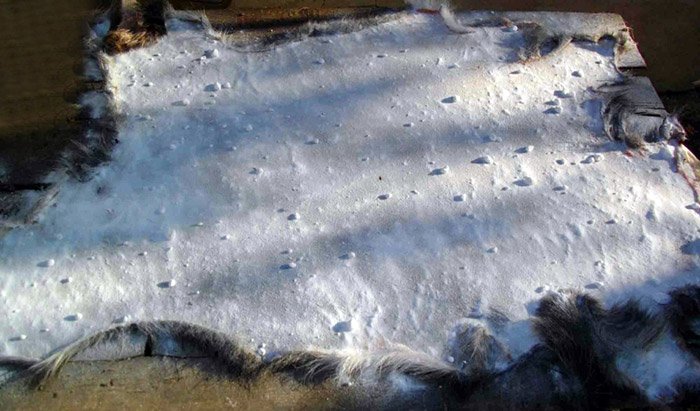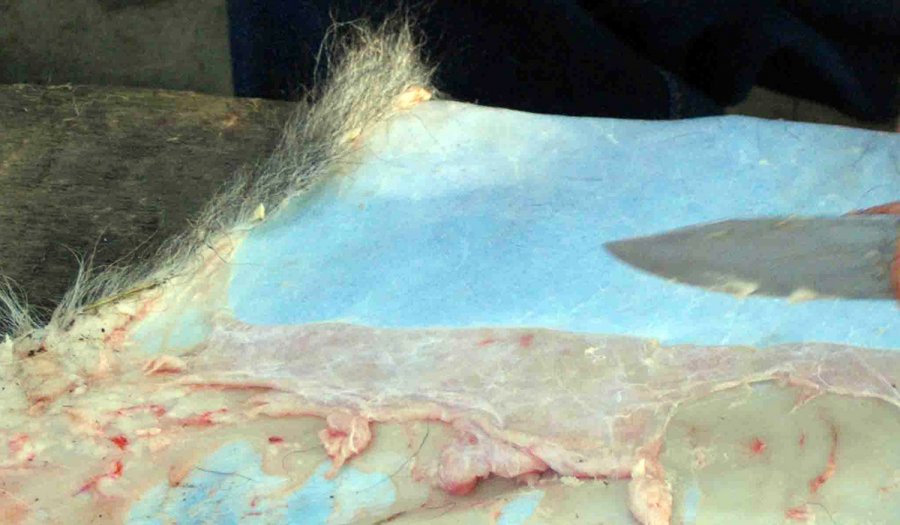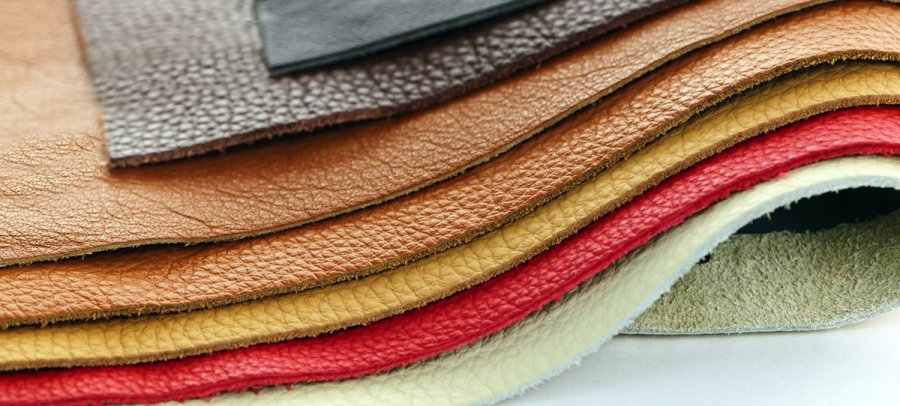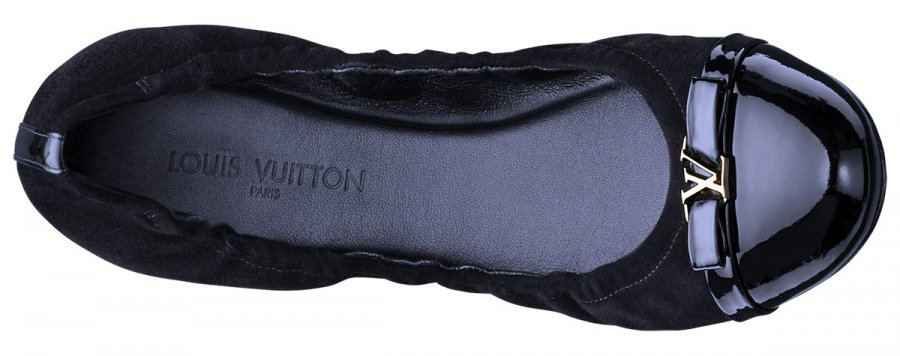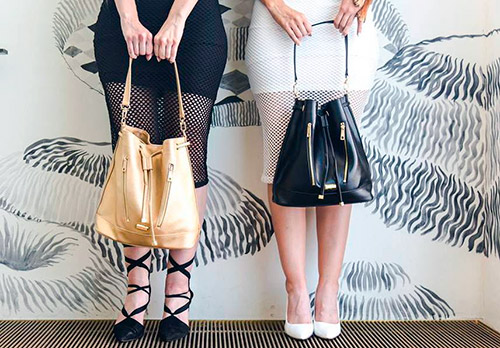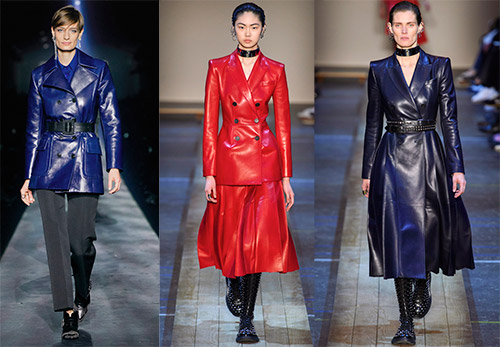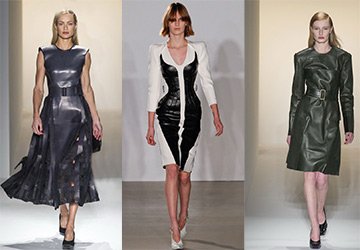Materials Science
Processing and types of genuine leather
Leather is the oldest material ever used by man. Leather processing is one of the oldest crafts on earth. Almost everything was made of leather - from primitive footwear in the form of windings on the feet to household items. Clothes, like shoes, were made from animal skins and skins. After all, leather was the most accessible material, apart from, of course, the great dangers that awaited a person in the extraction of predatory animals. And the man was clearly not to be occupied with ingenuity on the hunt.
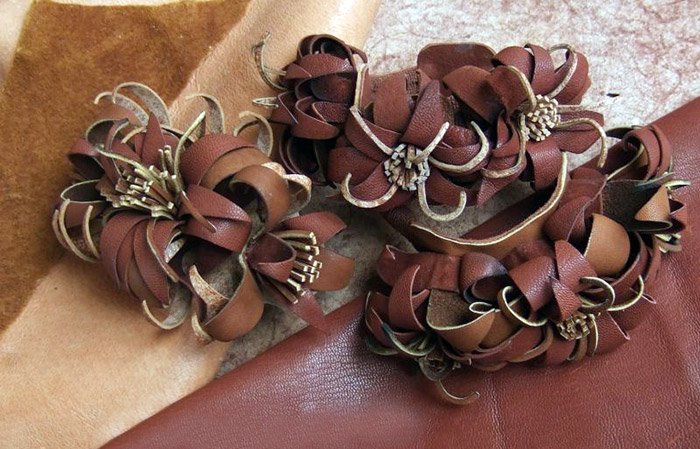
Leather craft was improved, and gradually leather products turned into real works of art. Some peoples have learned to sew shoes even from the skin of birds with feathers. Clothes and shoes were decorated with embroidery, silk, gold and precious stones. There were also household items made of leather - buckets for water, wineskins for wine, plates, dishes. The ropes were also woven from leather. And the peoples of the North built their dwellings out of leather: plagues, tents. The nomadic steppe peoples also had many items, including tents, made of leather. After all, the tents are easy to fold, the clothes are light, the dishes do not break during transportation. And what can I say about animal harnesses - these items were also made of leather.
Quivers for arrows, shields, carpets, pillows, bags, belts, belts and even musical instruments made of leather have been preserved in museums. Eskimos made boats from leather, Assyrians built rafts from lamb skins... It should be noted that leather was also used in printing. Calfskin was dried on a frame, and then the resulting parchment was used for writing, and book bindings were also made from the skin. In Russia, leatherworking has always been one of the first places among other crafts. Before the First World War, Russia exported leather products or certain types of leather that were superior in quality to their European counterparts.
And now, in our time, leather goods are in great demand, although the prices of natural leather are considerable.
Leather processing
Natural leather is obtained from animal skins by processing a variety of physical, chemical and physical operations, which are divided into three groups: preparatory, tanning and finishing. But these are only three groups, and there are about 20 leather processing operations. In preparatory operations, such substances as table salt, an aqueous suspension of lime, ammonium sulfate are used; various machines. Preparatory operations include almost half of all operations for processing the skin, and not the most pleasant ones: removal of hair, subcutaneous fat layer, softening, etc.
Tanning is the main operation in which chromium compounds (chrome tanning), aluminum compounds (aluminum), vegetable tannins, synthetic substances, as well as compositions of these compounds are used. There is also a fat tanning method, where fats containing fatty acids are used. With this method, suede is obtained.
Chrome-tanned leathers always have a greenish-blue hue on the cut, while vegetable-tanned leathers always have shades of warm colors - from yellow to brown. After tanning, the leather takes on the appearance of finished leather. Then there are finishing operations, which give the leather a certain appearance and properties. Here, the leather undergoes many operations, including planing (smoothing the skin in thickness), dyeing, drying, heavy, polishing, pressing, etc.
Chrome-tanned leather can have a smooth surface after finishing or with a pattern in the form of cutting (embossing). For the manufacture of leather coats, jackets, jackets, they use leather treated with chrome tanning from the skins of sheep (clothing chevret), pigs and other animals, or suede made from fat tanning (from the skins of sheep, elk, deer, etc.).
Genuine leather for clothing should be soft, without stains and deposits, without wrinkles and folds. Its coloring should also be even, resistant to dry and wet friction and to ironing at 80 degrees. The leather is dyed with superficial (top) or deep dyeing. In the case of surface dyeing, a film of paint (casein, nitrocellulose, acrylic) is applied to the front side of the leather, which gives shine, evens out the color, hides defects, and protects from moisture. With deep dyeing, the leather is painted over to its full thickness.
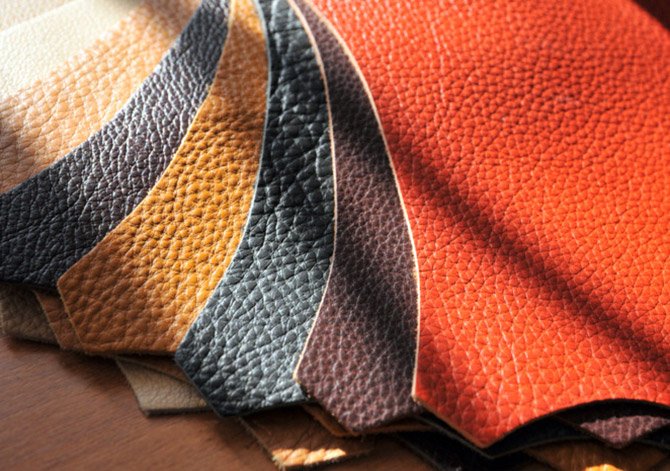
What are the main types of clothing leather?
There are many types of leather, which differ in the type and age of the animals from which they were obtained, as well as depending on the methods of processing and coloring.
Here are some examples:
Chevrette - chrome tanned leather from sheep skins.
Velours - chrome-tanned leather with a pile surface obtained by special grinding of the bakhtarmya (lower) layer of the hide. For velor, pork skins are used, which are sanded from the front side. Pork skins are usually used to obtain velor with numerous defects on the front side. Velor is also obtained from split leather by splitting thick pork skins or cattle. The front side of the velor is velvety, the pile is thick, even.
Suede leather - fat-tanned leather from deer, elk, goat skins. When dressing suede, the front side of the skin is cut off, so a pile surface is obtained. And when making suede from sheep skins, the pile (front) surface is created by finishing bakhtarma. This leather is characterized by special softness, thick pile, increased ductility, good air permeability.
Morocco - Vegetable tanned goat skin, the finish is lightly fermented and brightly colored.
Shagreen - soft vegetable-tanned leather made from goat or sheep skins with a beautiful small relief pattern.
Laika - leather from the skins of goats, sheep, tanned with aluminum alum using salt, flour and yolk; the skin is one of the softest, thinner, used for the manufacture of gloves.
Leather coats are sometimes made from chrome tanned calf skins. This skin is soft, elastic, very beautiful in appearance.
Polished leather was invented by Seth Boyden in the 19th century, and appeared in the wardrobe only in the 60s of the last century. Today, patent leather is popular again for its shiny finish. It shines and shimmers in the sun, and the colors are very diverse.
Patent leather has a smooth surface and does not absorb water. The lacquer composition is obtained on the basis of polyurethane resins, which are applied to the front surface of the skin.
Vegetable tanned leather. They are dense, elastic, and absorb moisture well. These skins are suitable for the manufacture of any product; all methods of artistic processing can be used on them: burning, embossing, painting. Bindings, bijouterie and jewelry, braiding straps, etc. are made of these skins. They have beautiful natural colors ranging from warm yellow to light brown.
Leather clothing is a must-have in every woman's wardrobe. There is always a place in fashion for leather clothing. And the acquired leather thing will serve you for a long time and will not go out of fashion for a long time. Leather garments are bold and seductive.
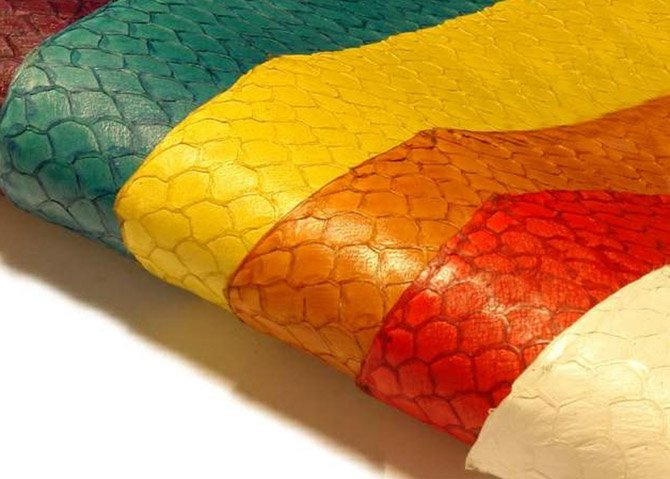
The modern fashion industry undertakes to process and use a wide variety of and often rare, unusual types of leather. In the photo above, we see the multi-colored skin of the fish.
Comments and Reviews
Add a comment
Rating news
Shades of clothing that make women look younger
What shades of hair make women younger: rules and photos
Funny wedding dresses - photos and ideas
12 most expensive down jackets for the winter
How to look 25 at 40: tips from supermodels
Beautiful schoolgirls
Anti-aging haircuts and hairstyles for women
Fashionable skirts for autumn and winter
Fashionable women's trousers for the cold season
Fashionable and stylish sandals for summer 2024
Spring-summer 2024
 Fashionable dresses and tops with thin spaghetti straps
Fashionable dresses and tops with thin spaghetti straps
 Bandana tops: how to wear stylishly and beautifully
Bandana tops: how to wear stylishly and beautifully
 How to put together the perfect men's wardrobe for the summer
How to put together the perfect men's wardrobe for the summer
 Fashionable shorts for spring-summer 2024
Fashionable shorts for spring-summer 2024
 Fashionable skirts for spring-summer 2024: a guide to online shopping
Fashionable skirts for spring-summer 2024: a guide to online shopping
 The most fashionable dresses spring-summer 2024: styles and colors
The most fashionable dresses spring-summer 2024: styles and colors
 Fashionable total look 2024: ideas of images and trends
Fashionable total look 2024: ideas of images and trends
